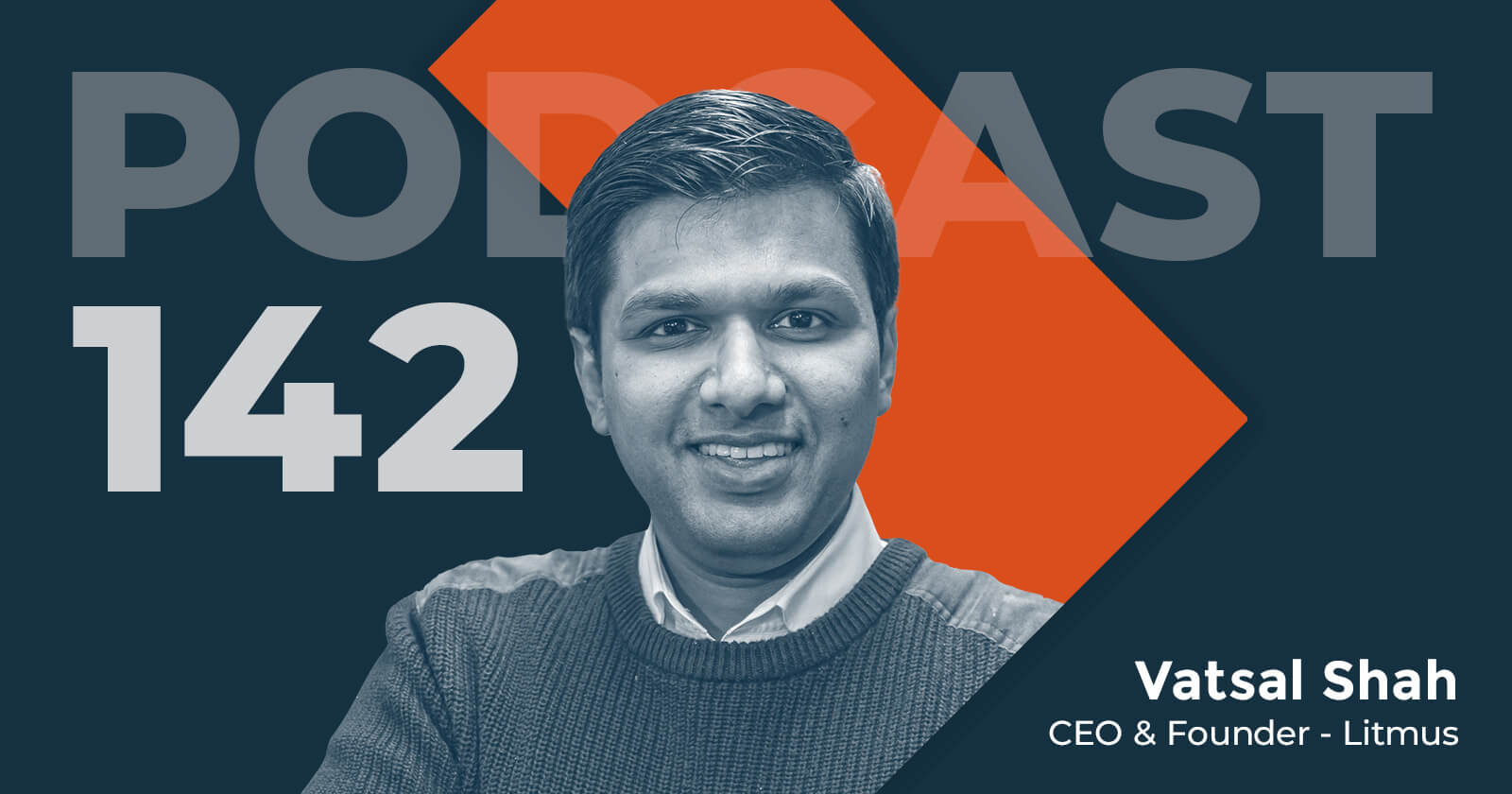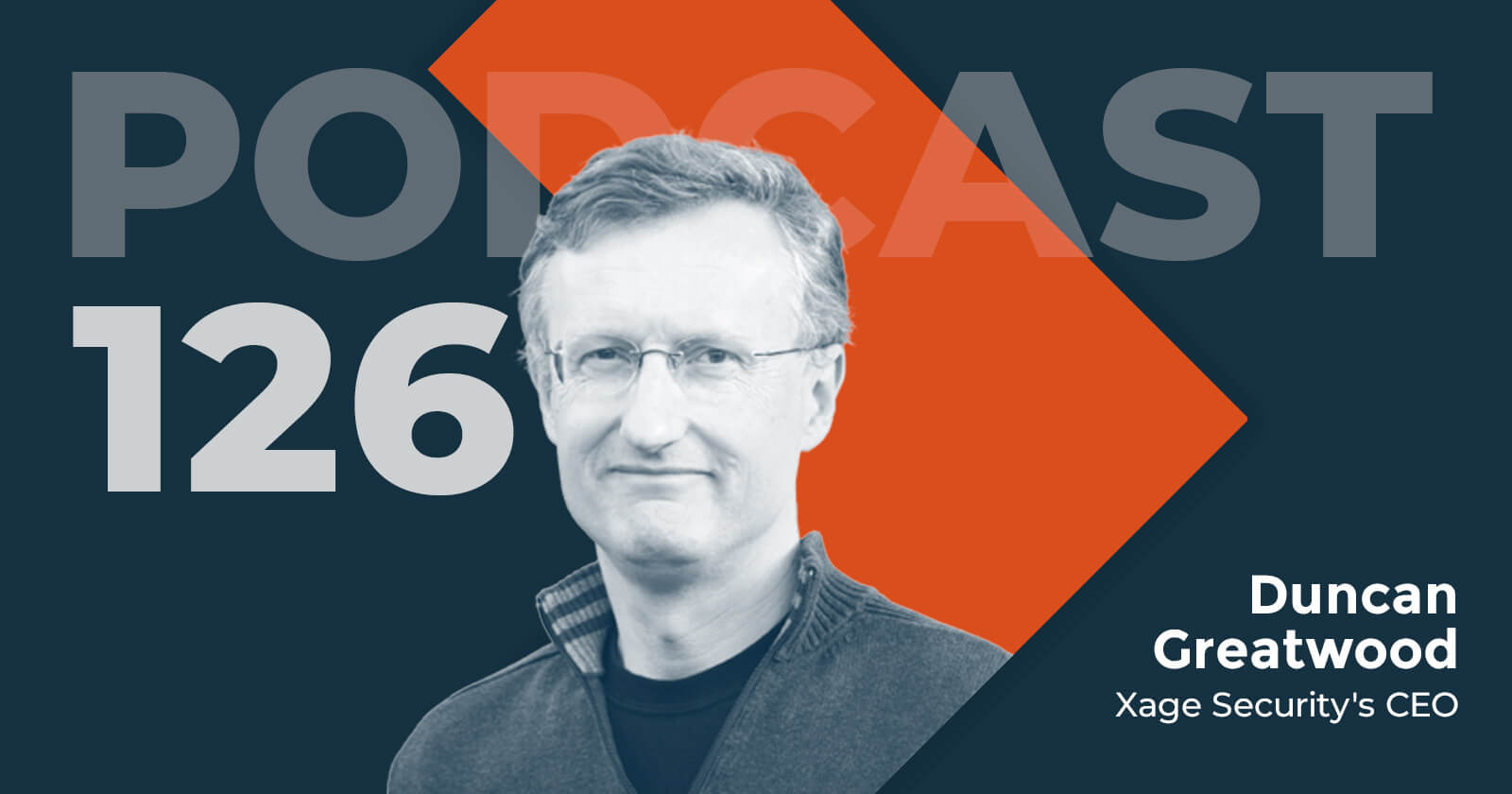Value Vector
A New Model for Investing in Connected Industry
Ken Forster

While the Connected Industry offers investors a clear investment opportunity, typical venture capital models are unlikely to deliver desired returns. We examine why a new approach is required – one that fits with the math that is likely to play out.
The Industrial Internet of Things (IIoT) market is bursting with innovation. New connected devices and edge technologies along with new analytics, security, and integration platforms are transforming the way we work and live in more ways than we could have imagined.
Connected Industry innovation, however, is not coming from incumbent players; instead, this disruption is largely being driven by young companies. Back in October 2014, Gartner predicted that, by 2017, 50 percent of IoT companies would be less than three years old. Reflecting this prediction, in the last three years the vast majority of VC financing – nearly three quarters by deal volume and value – went to early and mid-stage stage companies through series C.
Acquisition appetite is also rising rapidly as incumbents race to gain the capabilities they need. In 2016, Connected Industry M&A deal volumes saw a 30 percent year-on-year growth, while the number of deals has increased in each of the last four quarters. How can investors profit from this disruption?
IoT M&A transaction deal volume by quarter

The failure of typical VC investing
Early stage technology innovation is typically financed through angels and seed stage VC investors. They spread their money across a large number of investments, then expect the math to do the work.
Most of the investments will, at best, break-even. According to a Correlation Ventures’ analysis, almost 65 percent of US venture financings fail to return their principal. To be successful, investors therefore need a very large return from a small fraction of companies in their portfolio – a 50-fold return from one company and a 30-fold return from another, for example. As a result, most US VC funds perform below the S&P 500 and many do not even return the principal invested to the investor, net of fees.
Distribution of US venture returns (% of financings, 2004-2013)

Source: Correlation Ventures
Connected Industry investments further constrain the math. Why?
First, because the market is very fragmented with trends and patterns unclear, making the risk of failure higher. But second, and primarily, because the predominant exit for young companies lies in a trade sale to a traditional industrial player.
These acquisitions happen while startups are still relatively young and deal sizes are small. According to PitchBook, the median IoT deal size in 2016 was US$106mn. With such low exit values, investors will rarely achieve the 50-fold return that the typical VC fund depends on. To achieve higher return multiples, one must invest earlier in a company’s lifecycle, where significant value is created and competition is lower, but risks are also higher.
An alternative model for the Connected Industry
With lower maximum returns and shorter exit horizons, investors need to develop a model that invests early while mitigating risk. This requires investors to rethink how their investment portfolio is constructed and how returns should be distributed within that portfolio. Specifically, rather than depend simply on one or two companies for their portfolios’ success, investors need to increase the likelihood of each company achieving a reasonable return and an early exit. This, in turn, requires startups to be actively cultivated.
Domain knowledge is the foundation of this investment approach. To invest for an exit, you need to understand corporate needs, anticipate market demand, and develop a narrow investment thesis. For instance, what differentiators are industrial clients likely to be looking for tomorrow in an increasingly crowded IoT market? Edge capabilities? The ability to deploy in brownfield applications? How will manufacturing OEMs and system integrators deploy predictive maintenance once data has been aggregated? And who will control that data?
The model also requires a proactive ecosystem-led approach that starts at deal selection – leveraging networks to get early access to ideas and systematically landscape the universe of available startups – and ends at exit, when portfolio companies are positioned within a corporate ecosystem.
For instance, recognizing that deployments of connected assets and attendant interest in predictive maintenance is maturing within the manufacturing industry, we analyzed 28 prognostics startups. After assessing the state-of-play, we looked at each to determine whether it demonstrated the traits that success can be built on.
Finally, investors need to become operationally involved in the young companies to accelerate their development. Many startups lack the senior executive talent that is a pre-requisite to doing business with industrial partners. To overcome this, one must provide expertise in marketing, business development, financing, and operations to drive the company towards key milestones. Leaving a young company to develop on its own will not give it the best chance of succeeding in a market that is simultaneously highly competitive, extremely fragmented, and fast consolidating.
A proven model
An example of this cultivation approach is PLAT.ONE. In early 2014, Momenta Partners helped create a spin off, providing seed capital to create a new startup out of ABO Data – an Italian system integrator. Even at that early stage, we had ascertained which use cases the company addressed, what capabilities it provided and who would be likely to buy it.
Driving the company towards that goal, we put together an experienced leadership team, led rebranding of the company (positioning it as an enterprise grade solution), and helped it set up a presence in the US. Nothing was left to chance. We placed PLAT.ONE in front of Cisco to establish a partnership, and later SAP for the exit. SAP acquired the company last fall.
Historically, every change in compute form factor has represented a disruption and offered an opportunity to the investor. The emergence of IoT and related technologies is no different. However, typical investment models built on a traditional capital allocation approach are unlikely to succeed as capital is not enough to achieve either financial or strategic goals. Rather, success requires investing based on business intelligence, supported by operational know-how and accelerated through placement in an industrial ecosystem of partners.



